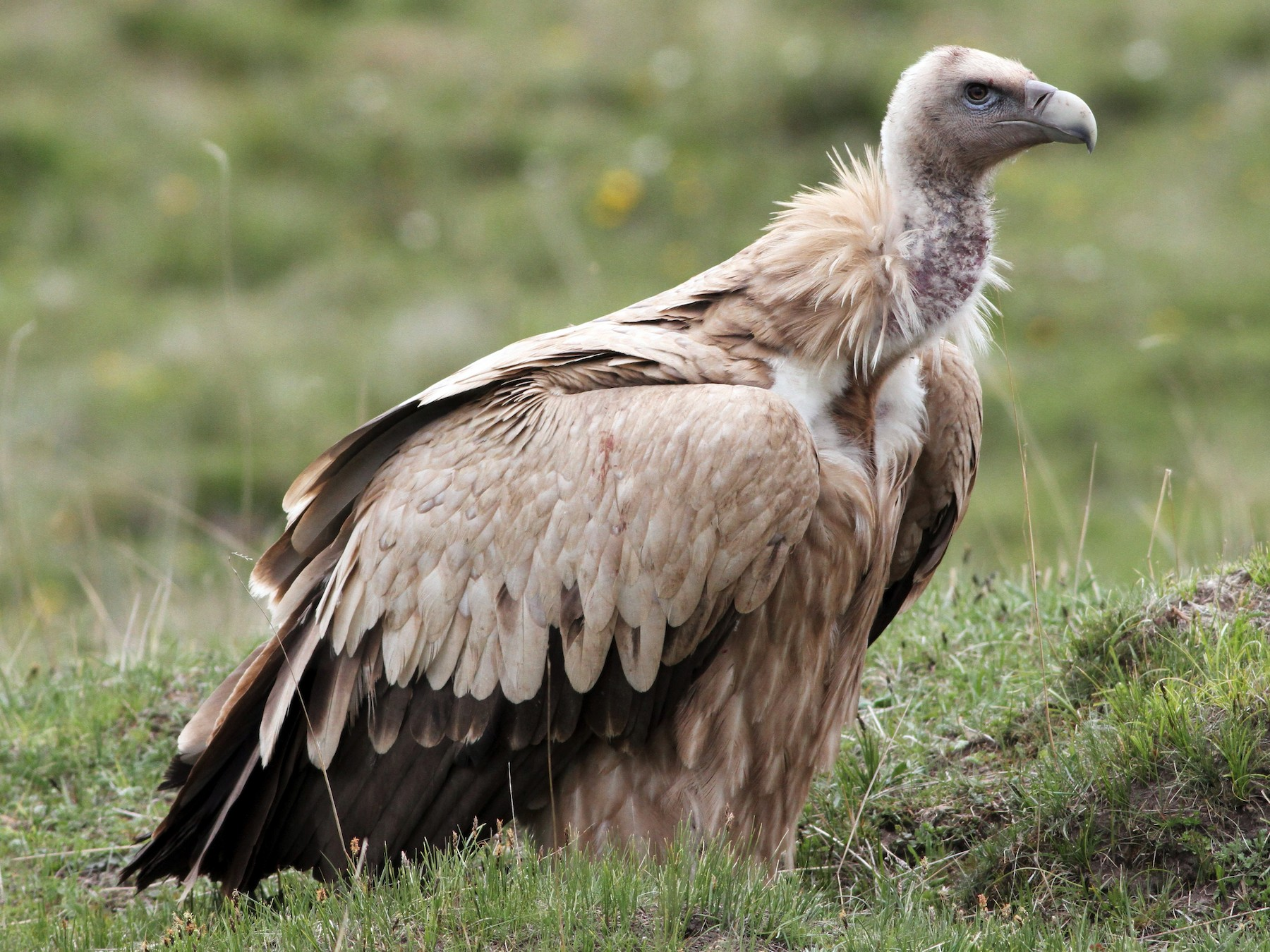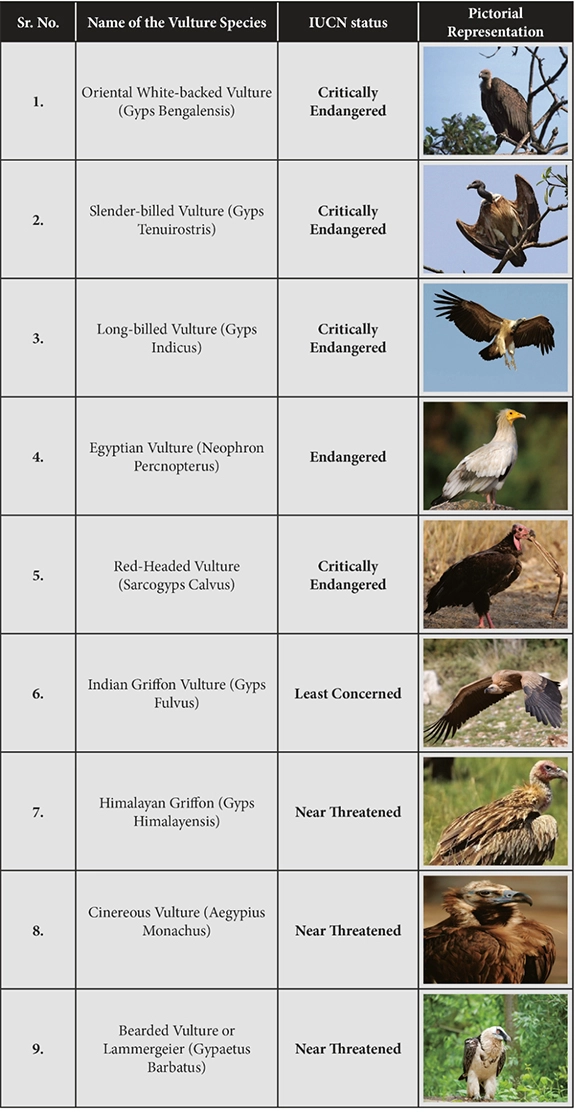Himalayan Griffons | 21 Mar 2022
For Prelims: Himalayan Griffons, Species of Vultures
For Mains: Conservation Efforts for Vultures
Why in News?
Recently, at least Himalayan Griffons died of suspected poisoning in Assam.
What do we Know about Himalayan Griffons?
- About:
- The Himalayan Griffon Vulture, Gyps himalayensis, is an Old World vulture in the family Accipitridae, which also includes eagles, kites, buzzards and hawks.
- It is closely related to the European Griffon Vulture, G. fulvus.
- This vulture is a typical vulture, with a bald white head, very broad wings, and short tail feathers.
- It has a white neck ruff and yellow bill and the whitish body and wing coverts contrast with the dark flight feathers.
- Protection Status:
- IUCN Red List: Near Threatened (NT)
- Distribution Range:
- The Himalayan vulture mostly lives in the Himalayas on the Tibetan plateau (India, Nepal and Bhutan, central China and Mongolia).
- It is also found in the Central Asian mountains (from Kazakhstan and Afghanistan in the west to western China and Mongolia in the east).
- Occasionally it migrates to northern India but migration usually only occurs altitudinally.
What are the Characteristics of Vultures?
- About:
- It is one of the 22 species of large carrion-eating birds that live predominantly in the tropics and subtropics.
- They act an important function as nature’s garbage collectors and help to keep the environment clean of waste.
- Vultures also play a valuable role in keeping wildlife diseases in check.
- Species in India:
- India is home to 9 species of Vulture namely the Oriental white-backed, Long-billed, Slender-billed, Himalayan, Red-headed, Egyptian, Bearded, Cinereous and the Eurasian Griffon.
- Most of these 9 species face danger of extinction.
- Bearded, Long-billed, Slender-billed, Oriental white-backed are protected in the Schedule-1 of the Wildlife Protection Act 1972. Rest are protected under ‘Schedule IV’.
- India is home to 9 species of Vulture namely the Oriental white-backed, Long-billed, Slender-billed, Himalayan, Red-headed, Egyptian, Bearded, Cinereous and the Eurasian Griffon.
- Threats:
- Poisoning from diclofenac that is used as a medicine for livestock.
- Loss of Natural Habitats due to anthropogenic activities.
- Food Dearth and Contaminated Food.
- Electrocution by Power lines.
- Conservation Efforts
- By India:
- The Ministry of Environment, Forests and Climate Change (MoEFCC) launched a Vulture Action Plan 2020-25 for the conservation of vultures in the country.
- To study the cause of deaths of vultures in India, a Vulture Care Centre (VCC) was set up at Pinjore, Haryana in 2001.
- Later in 2004, the VCC was upgraded to being the first Vulture Conservation and Breeding Centre (VCBC) in India.
- At present, there are nine Vulture Conservation and Breeding Centres (VCBC) in India, of which three are directly administered by the Bombay Natural History Society (BNHS).
- International:
- International: SAVE (Saving Asia’s Vultures from Extinction):
- The consortium of like-minded, regional and international organisations, created to oversee and coordinate conservation, campaigning and fundraising activities to help the plight of south Asia’s vultures.
- Objective: To save three critically important species from extinction through a single programme.
- International: SAVE (Saving Asia’s Vultures from Extinction):
- By India:
PYQ
Vultures which used to be very common in the Indian countryside some years ago are rarely seen nowadays. This is attributed to (2012)
(a) the destruction of their nesting sites by new invasive species
(b) a drug used by cattle owners for treating their diseased cattle
(c) scarcity of food available to them
(d) a widespread, persistent and fatal disease among them.
Ans: (b)


